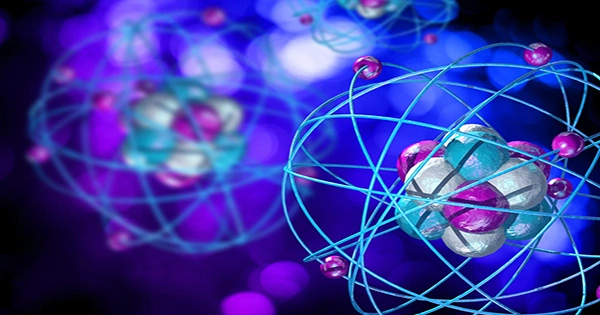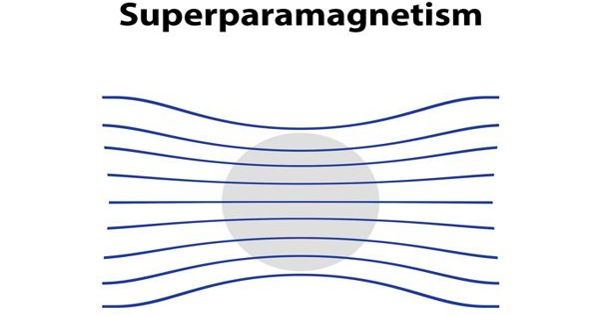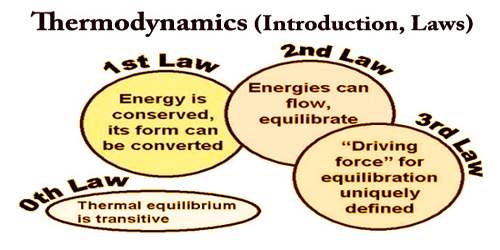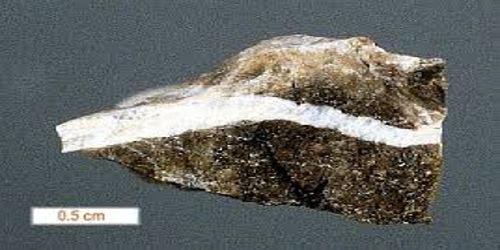Matter and anti-matter particles respond equally to the same force in a gravitational field, at least to the extent that a CERN experiment can distinguish them. The latest discovery is consistent with particle physics’ Standard Model. However, it offers little help in resolving one of physics’ most difficult problems: why is there more matter in the cosmos than antimatter? Unless humans create it, the universe has a lot of matter and relatively little anti-matter. That is lucky for us, because a cosmos brimming with antimatter ready to annihilate any matter it came across would be even more deadly. It is especially perplexing because the Big Bang should have produced equal amounts of each. We also know very little about how anti-matter acts due to its scarcity.
There must be some way that anti-matter is not fully symmetrical with the matter in its attributes to explain the preponderance of matter. Finding that asymmetry has become one of science’s great pursuits, one that has so far failed to yield results but has taught us a lot along the way. The most recent example, published in Nature, shows that the asymmetry does not exist in gravity reactions, or if it does, the difference is so minor that it falls within the study’s narrow margins of error. Dr. Stefan Ulmer of CERN led a team that used a Penning trap to contain anti-protons (the anti-matter equivalent of protons) and negatively charged hydrogen ions.
The trap causes particles to move in a near-circle at a frequency determined by the trap’s magnetic field intensity and the particle’s charge-to-mass ratio. The experiment’s primary goal was not to see how gravity affects anti-matter. It was actually an attempt to see if there are changes in the charge to mass ratio of protons and anti-protons, which could be another explanation for the asymmetry.
In different fields, the researchers compared the frequency of anti-protons and ions. “We were able to achieve a result that is substantially identical, to a degree four times more exact than earlier measures,” Ulmer said in a statement. “The charge-to-mass ratio is now the most precisely determined feature of the antiproton,” Ulmer said in another statement. The authors found that the mass-to-charge ratio is the same to a precision of 16 parts per trillion based on 24,000 comparisons.
The measurements were made over a period of 18 months, allowing researchers to compare behavior when the Earth was at its farthest and closest distances from the Sun, in order to investigate if changes in solar gravity had any impact. “This limit is close to the early accuracy goals of experiments that try to dump antihydrogen in the Earth’s gravitational field,” Ulmer added. The two particles chosen were not exact replicas of each other. Anti-protons are made up of one proton and two electrons, whereas hydrogen ions are made up of just one proton. The experiment was set up in this way so that both sides of the comparison had a negative charge instead of one being positive and the other being negative.
The study accounts for the extra mass of the two electrons and finds no distinctions between matter and anti-matter on this metric. The findings back up the Standard Model, which considers some properties of matter and anti-matter to be the same while others assumed diametrically opposed. The findings tighten the restrictions on models that attempt to explain the universe’s asymmetry. It is widely believed that we will need to go beyond the Standard Model to explain the universe’s asymmetry.















